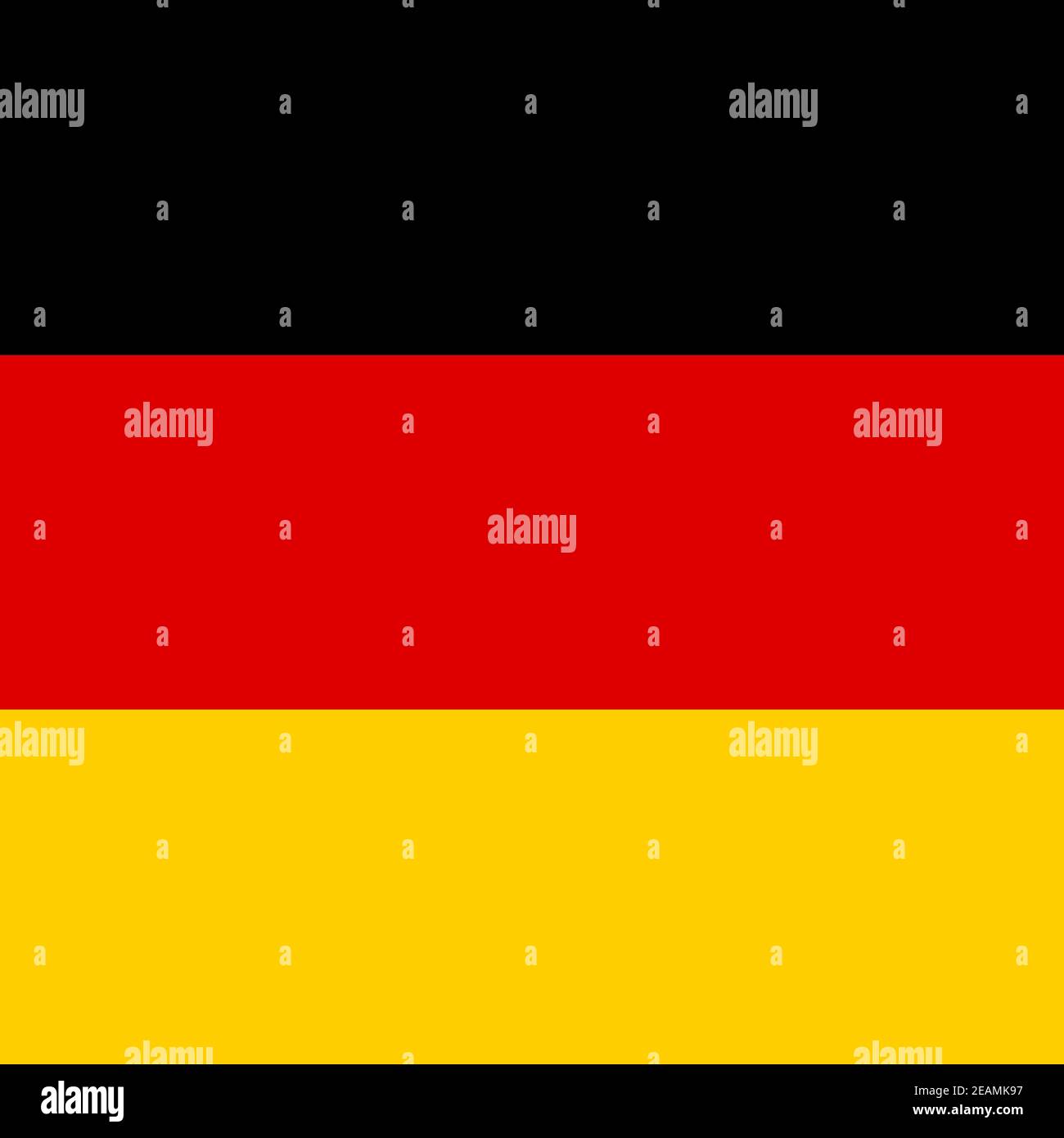Ever wondered how big Germany really is? Well, buckle up because we’re diving deep into the fascinating world of geography, numbers, and everything in between. Germany, one of Europe’s powerhouses, boasts an impressive area that spans a whopping 357,022 square kilometers. That’s right, folks, this country is no small fry when it comes to landmass. But what does this number really mean? Stick around, and we’ll break it all down for you.
When we talk about the area of Germany in square kilometers, we’re not just throwing random stats at you. This figure plays a crucial role in understanding the country’s geography, economy, and even its cultural diversity. From the rolling hills of Bavaria to the bustling streets of Berlin, every square kilometer tells a story. So, let’s explore what makes Germany’s landmass so unique.
Whether you’re a geography enthusiast, a traveler planning your next adventure, or simply someone curious about the world, this article has got you covered. We’ll delve into the nitty-gritty details of Germany’s area, its regional breakdown, and why it matters. Let’s get started!
Understanding Germany's Total Area
Alright, let’s kick things off with the big picture. Germany, officially the Federal Republic of Germany, covers a massive 357,022 square kilometers. To put that into perspective, it’s roughly the size of Montana in the United States. Now, that’s a lot of space to explore! But what makes this number even more interesting is how it’s distributed across the country’s 16 federal states.
Each state has its own unique geography and charm, contributing to the overall diversity of Germany. For instance, Bavaria, the largest state, accounts for a significant chunk of the country’s total area. Meanwhile, smaller states like Bremen and Hamburg pack a punch with their vibrant cities and bustling ports. It’s this mix of vast landscapes and urban hubs that defines Germany’s appeal.
But why does knowing the area of Germany in square kilometers matter? Well, it’s not just about bragging rights. Understanding the country’s landmass helps us appreciate its ecological diversity, economic potential, and cultural richness. So, whether you’re planning a road trip or studying global geography, this info is gold.
Regional Breakdown: The States of Germany
Top 5 Largest States by Area
Germany’s 16 federal states vary greatly in size, and some truly dominate the landscape. Here’s a quick rundown of the top 5 largest states by area:
- Bavaria: The crown jewel of Germany’s geography, Bavaria spans 70,548 square kilometers. That’s almost a fifth of the country’s total area!
- Lower Saxony: Coming in at a close second, Lower Saxony covers 47,609 square kilometers. Its rolling hills and lush forests make it a nature lover’s paradise.
- Saxony-Anhalt: With an area of 20,445 square kilometers, this state offers a mix of industrial towns and picturesque countryside.
- Brandenburg: Surrounding the capital city of Berlin, Brandenburg boasts 29,660 square kilometers of diverse terrain.
- Hesse: Home to Frankfurt, Hesse covers 21,115 square kilometers and is a hub for business and culture.
These states not only contribute to Germany’s vast area but also offer a wealth of experiences for visitors and residents alike.
Smallest States: Big in Charm
On the flip side, Germany’s smallest states pack a lot of character into their compact sizes:
- Bremen: At just 419 square kilometers, Bremen is Germany’s tiniest state. But don’t let its size fool you—this port city is a major player in trade and industry.
- Hamburg: Covering 755 square kilometers, Hamburg is another city-state that punches above its weight. Known for its canals and maritime history, it’s a must-visit destination.
These small but mighty states prove that size doesn’t always matter when it comes to impact and allure.
Germany's Geography: A Closer Look
Germany’s diverse landscape is one of its most defining features. From the rugged peaks of the Alps in the south to the flat plains of the North German Lowlands, the country offers a little something for everyone. Let’s take a closer look at the key geographical regions:
The Alps: Germany's Natural Beauty
Nestled in the southern part of the country, the Bavarian Alps are a sight to behold. Covering an area of around 10,000 square kilometers, this region is a haven for outdoor enthusiasts. Whether you’re into hiking, skiing, or simply enjoying breathtaking views, the Alps have it all.
The North German Plain: A Vast Expanse
Stretching across the northern part of Germany, the North German Plain is a vast, flat region that covers approximately 150,000 square kilometers. This area is home to fertile farmland, vibrant cities, and charming villages, making it a vital part of the country’s economy.
Why Does Germany's Area Matter?
Now that we’ve explored the numbers and regions, let’s talk about why Germany’s area in square kilometers is more than just a statistic. Here are a few reasons why it matters:
- Economic Impact: Germany’s vast area provides ample space for agriculture, industry, and infrastructure development, driving its robust economy.
- Cultural Diversity: With so much land to explore, Germany offers a rich tapestry of cultures, traditions, and cuisines that vary from region to region.
- Environmental Significance: The country’s diverse landscapes support a wide range of flora and fauna, making it a crucial player in global conservation efforts.
Understanding the significance of Germany’s area helps us appreciate its role on the world stage.
Comparing Germany's Area to Other Countries
To truly grasp the magnitude of Germany’s landmass, let’s compare it to some of its European neighbors:
- France: With an area of 551,695 square kilometers, France is significantly larger than Germany. However, Germany still holds its own as one of Europe’s largest countries.
- Italy: Italy, with an area of 301,340 square kilometers, is slightly smaller than Germany. Yet, both countries offer a wealth of cultural and natural attractions.
- Poland: Covering 312,696 square kilometers, Poland is a close rival in terms of size, sharing a long border with Germany.
These comparisons highlight Germany’s prominent position in the European landscape.
Historical Context: How Germany's Area Evolved
Germany’s current area hasn’t always been the same. Over the centuries, the country’s borders have shifted due to wars, treaties, and political changes. For instance, after World War II, Germany was divided into East and West, with each having its own distinct geography and governance. The reunification in 1990 brought the country back together, resulting in the Germany we know today.
Understanding this historical context adds depth to our appreciation of Germany’s geography and its significance.
Fun Facts About Germany's Area
Here are a few interesting tidbits about Germany’s landmass:
- Germany is home to over 400 nature parks, covering a combined area of around 20,000 square kilometers.
- The country’s longest river, the Rhine, stretches over 1,230 kilometers within Germany alone.
- Germany’s highest peak, Zugspitze, stands at 2,962 meters above sea level.
These facts showcase the incredible diversity and beauty of Germany’s landscape.
Challenges and Opportunities
While Germany’s vast area offers numerous advantages, it also presents challenges. For instance, managing such a large and diverse landscape requires careful planning and sustainable practices. On the flip side, the country’s size opens up opportunities for innovation, development, and exploration.
From renewable energy projects to urban planning initiatives, Germany is leading the way in addressing these challenges and seizing opportunities.
Conclusion
In conclusion, Germany’s area in square kilometers is more than just a number—it’s a testament to the country’s rich geography, diverse culture, and significant global impact. Whether you’re marveling at the majestic Alps, exploring the bustling cities, or appreciating the vast plains, Germany offers something for everyone.
So, what’s next? Why not share your thoughts in the comments below? Or better yet, plan your next trip to Germany and experience its wonders firsthand. And don’t forget to check out our other articles for more fascinating insights into the world around us.
Table of Contents
Germany's Area in Square Kilometers: A Comprehensive Breakdown
Understanding Germany's Total Area
Regional Breakdown: The States of Germany
Germany's Geography: A Closer Look
The Alps: Germany's Natural Beauty
The North German Plain: A Vast Expanse
Why Does Germany's Area Matter?
Comparing Germany's Area to Other Countries
Historical Context: How Germany's Area Evolved
Fun Facts About Germany's Area



Detail Author:
- Name : Dax Zemlak
- Username : marguerite26
- Email : zconn@yahoo.com
- Birthdate : 1994-07-19
- Address : 7751 Cali Harbors Suite 376 South Delaneyville, MO 51344-2036
- Phone : 269.524.9451
- Company : Kutch, Baumbach and Lesch
- Job : Travel Guide
- Bio : Mollitia nobis aut ducimus soluta odit ut blanditiis. Quasi nostrum qui rerum voluptates esse id et molestias. Sunt a enim cum vitae quia.
Socials
tiktok:
- url : https://tiktok.com/@barrystrosin
- username : barrystrosin
- bio : Enim et incidunt inventore quis doloremque et quasi.
- followers : 5560
- following : 2511
facebook:
- url : https://facebook.com/barry_strosin
- username : barry_strosin
- bio : Libero possimus cupiditate est et occaecati enim adipisci consectetur.
- followers : 6608
- following : 2641
twitter:
- url : https://twitter.com/barry_strosin
- username : barry_strosin
- bio : Quis mollitia molestiae sed culpa quasi ut. Eaque magni facilis et eveniet sapiente. Fuga quaerat itaque porro minus nisi. Ipsa asperiores quos et vero.
- followers : 6167
- following : 2715